For those just starting to learn the art of calligraphy, spending a lot of money on a high-quality pen and ink may not be in the cards. However, using the cheap tools and becoming frustrated with the art form would be unfortunate as well. It is important to know your tools and your skills and how they can work together to create success. Keep reading to find out how your choice of writing instruments affects your ability to do calligraphy from our pen enthusiasts.

Emilie Dulles
Emilie Dulles grew up in Switzerland, attended the American School in London, and graduated from Princeton University in 2003 with a degree in philosophy. Find her at Dullesdesigns.com
Buy an Assortment
It's actually hard to dabble in calligraphy. You're either committed to "finding your pen's voice," or you're not. Since calligraphy pens and nibs are not that expensive, the secret is to buy an assortment of shafts and nibs to practice using before you dive into each project. What you'll find is that different papers, thicknesses, and surfaces call for different nibs, pen positions, and pen pressures as you wait for your calligraphy work to dry.
Akin to any work of art or illustration, quality calligraphy takes practice, often for hours at a time, especially since there is no "undo button" on any keypad or way to erase calligraphy. Once your ink is down, your paper is spent. Given our decades of experience, you'll spend more time and money on your paper or media as a practice and project canvas than your pens, nibs, and ink combined. If you stock enough of an assortment of tools, inks, and paper styles upfront, you'll go beyond dabbling in calligraphy toward becoming an intermediate or even expert within a few months or a year.
In both wedding events and corporate lettering spaces, calligraphy can be a modestly lucrative business if you take the time to practice perfectly.
Skill Matters More
I used to believe that the type of pen you use in calligraphy didn’t matter, most especially when you're still starting, and I still believe that even up to this day. In calligraphy, what matters more is skill or talent because regardless of the pen you're using, if you have great penmanship, the pen is just a matter of price.
However, if you are already [making a business] out of it, pen choice is important because quality and how fancy it appears [is essential] to clients. Therefore, if you are still starting out, pen choice doesn't matter, but if you're already earning from it, pen choice is of importance.
Every Pen is Different
Pen choice affects experience in two ways.
The first is that you may not like the look of the pen you choose versus another.
The second is that a lot of people just have a hard time using a calligraphy pen. Really, it does take quite a bit of practice. However, the way you hold the pen, your posture, and your hand movements all need to work in sync with the pen.

Phoenix Victor Campbell
Phoenix Victor Campbell is the author of Jephthah's Daughter: Blog. She has written articles for LinkedIn, Spotify, iTunes, Pandora, and many other outlets that carry her music as PhoenixFire52.
Calligraphy Pens are Worth It
Pen choice is the difference between amazing calligraphy and sloppy calligraphy. If you choose the common popular marker style pen, you will miss getting the clean, sharp edges only available with a classic nib pen. Marker pens blunt easily and bleed, which will mess up your project. I recommend classic nib with high-quality ink. Once you feel comfortable in your skills, you can also experiment using a brush and ink. Just ensure your brush has an edged tip.
This is a crowdsourced article. Contributors are not necessarily affiliated with this website and their statements do not necessarily reflect the opinion of this website, other people, businesses, or other contributors.

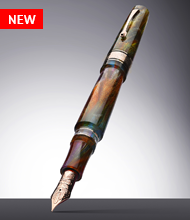
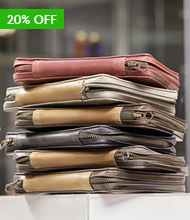
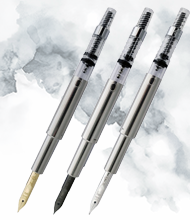
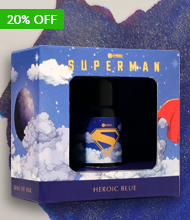
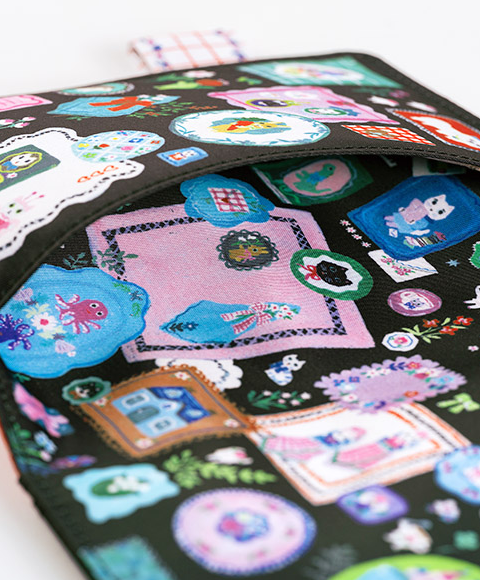
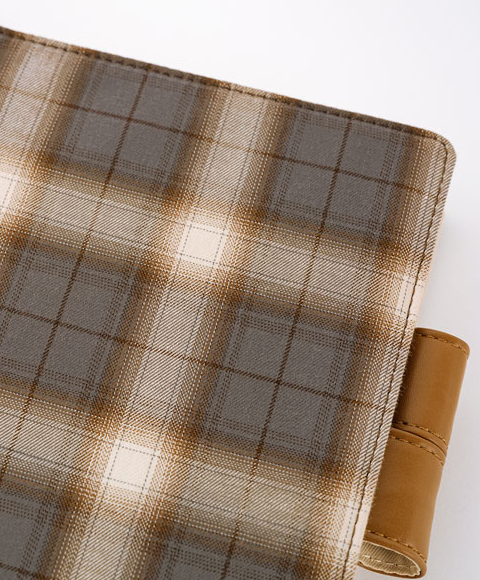
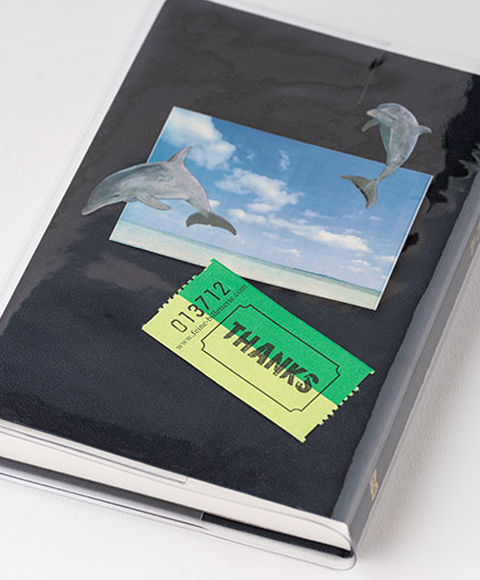
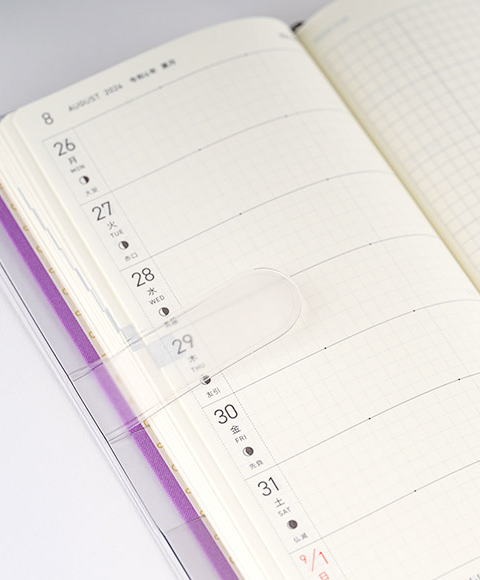
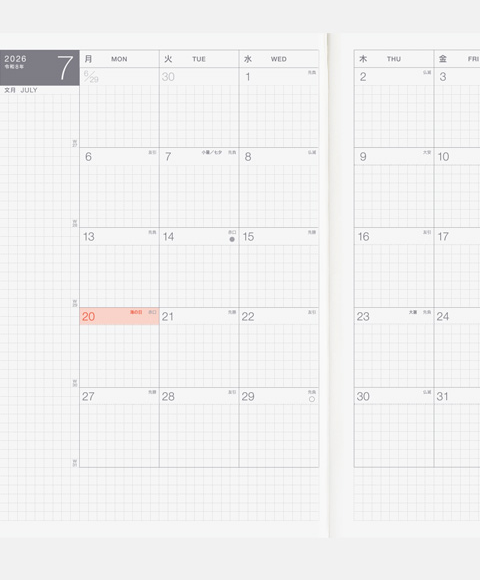
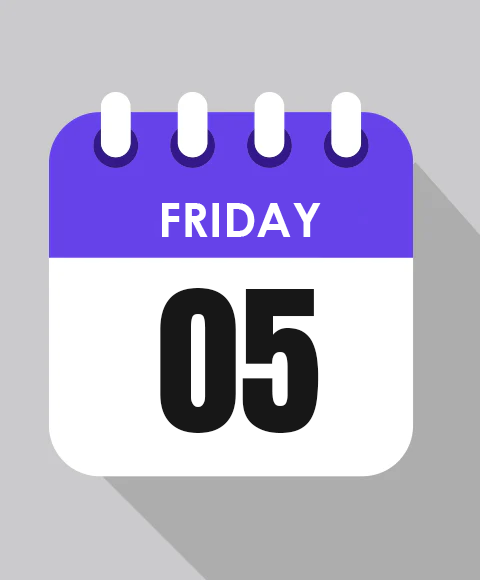
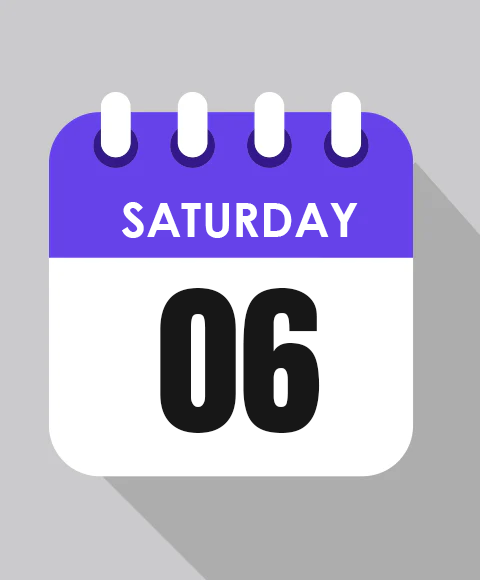
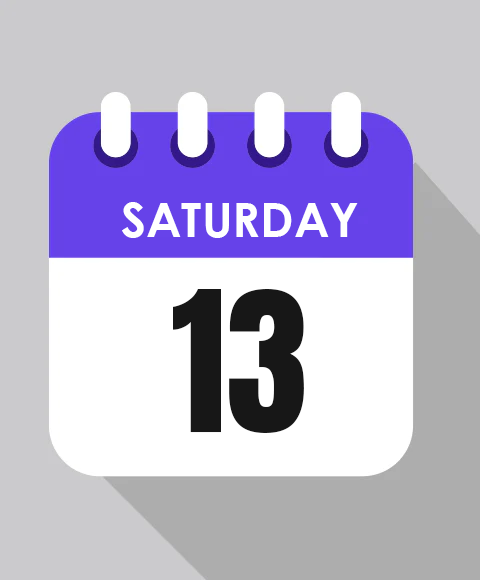
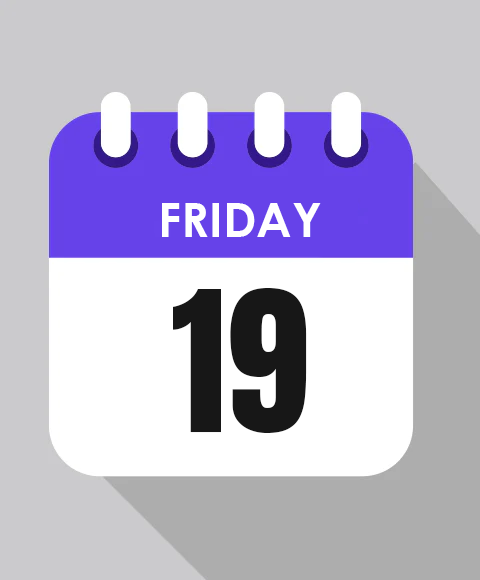






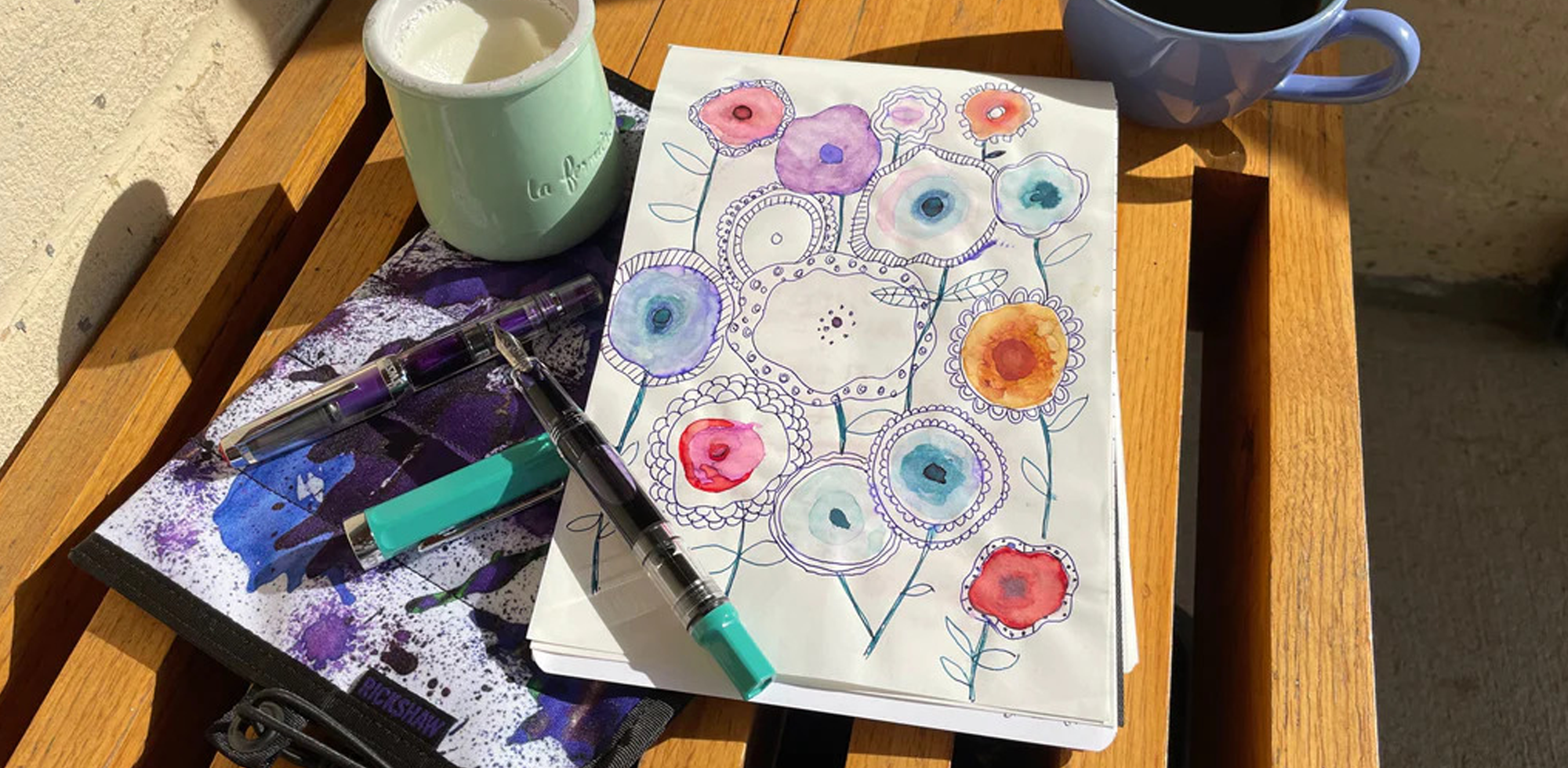
1 comment
David Snyder
First, the question is for those who “dabble” in calligraphy, not for professional calligraphers. Second, whether you are writing flexible, pointed nib styles or chisel-tip styles makes a big difference. For Spenserian or Copperplate, dip pens or vintage fountain pens are the clear best choices. For fountain pens, some customized flexible nibs are good for dabbling. Expensive modern pens which claim to have flexible nibs are not as good in most cases. For italic, gothic, foundational and other scripts that are written with “italic” nibs, there are many acceptable choices for the dabbler, ranging in price from less than ten dollars to thousands of dollars. However, most professional calligraphers still prefer dip pens for their best work.
First, the question is for those who “dabble” in calligraphy, not for professional calligraphers. Second, whether you are writing flexible, pointed nib styles or chisel-tip styles makes a big difference. For Spenserian or Copperplate, dip pens or vintage fountain pens are the clear best choices. For fountain pens, some customized flexible nibs are good for dabbling. Expensive modern pens which claim to have flexible nibs are not as good in most cases. For italic, gothic, foundational and other scripts that are written with “italic” nibs, there are many acceptable choices for the dabbler, ranging in price from less than ten dollars to thousands of dollars. However, most professional calligraphers still prefer dip pens for their best work.